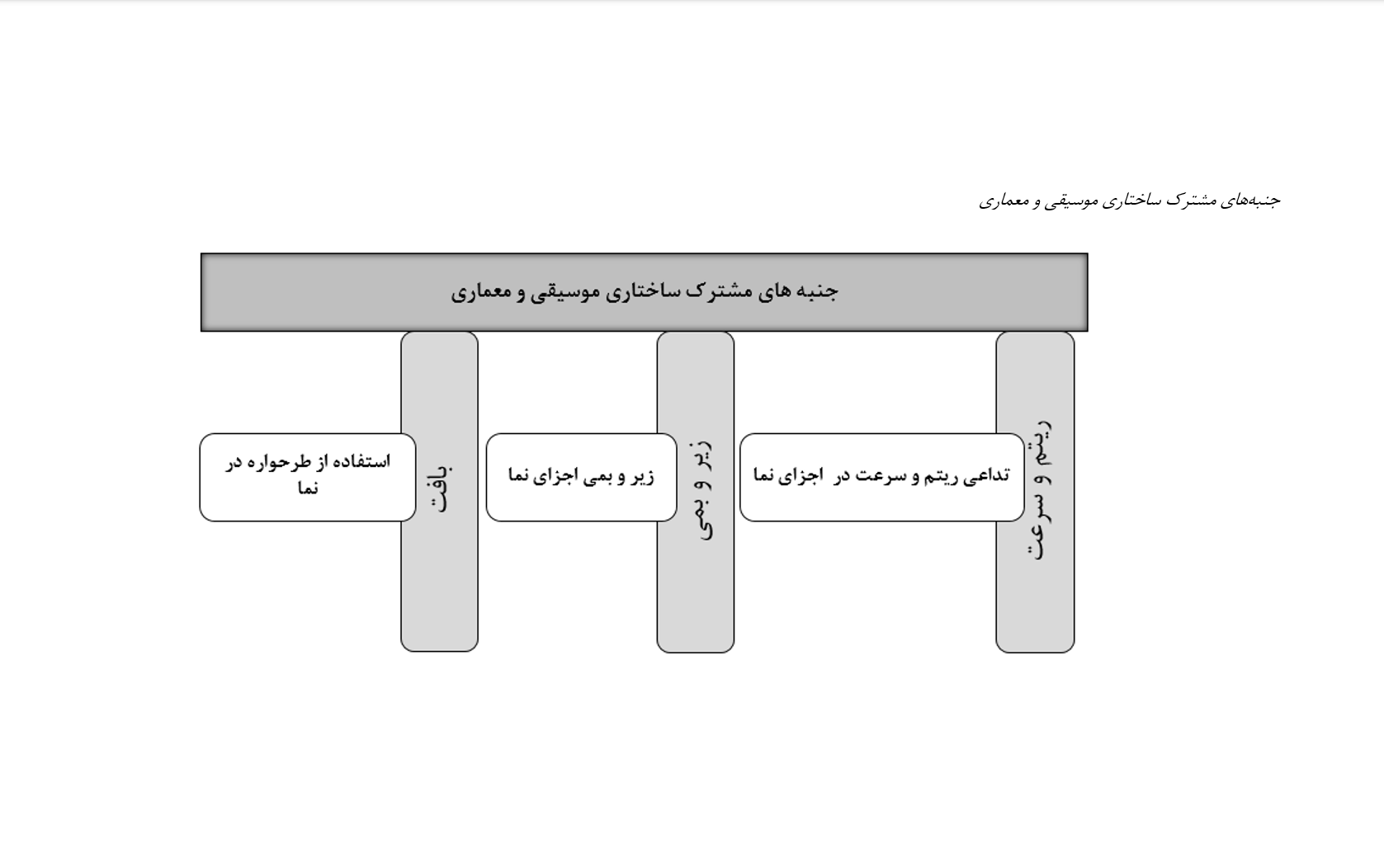An Approach to the Common Variables of Iranian Music and Architecture Based on Evidence from Architectural Facades of the Socio-Historical Qajar Period
Keywords:
Art, Architecture, Music, Qajar Social-Historical Period, Building FaçadeAbstract
Architecture and music are two artistic fields that are created and understood by humans. All forms of art, in their ultimate expression, open a path toward abstraction and experience. Based on this definition, many similarities can be found between these two arts. In the creation of architecture, the artistic imagination and mental forms of the artist, through the element of ambiguity resulting from the use of symbols from tangible forms in the construction of buildings, lead the work to the boundaries of abstraction, a realm in which music holds a prominent position. The aim of this article is to examine the historical and transformative trajectory of the conceptual relationship between the two arts of architecture and music throughout different historical periods, where this relationship and influence can be discovered and interpreted in the architectural buildings of each historical period, reflecting the distinct characteristics of that era. The issue addressed in this article is one of the most significant aspects of the connection between these two arts, which facilitates deep communication between them—namely, the practical and aesthetic considerations of these two arts. It seems as though something in the atmosphere and quality of the musical and architectural spaces of the past has changed in the present. Considering the nature of the research subject, the methodology employed in this thesis is a quantitative-qualitative descriptive-analytical approach. Utilizing qualitative content analysis under an interpretive-historical perspective and comparative analysis, the study identifies the fundamental variables present in the theories concerning music, architecture, and their conceptual connections. This research, with a formal and content-based approach throughout the Qajar historical period, examines three characteristics—rhythm and tempo, pitch, and texture—in architecture. Through the analysis of five case studies of prominent buildings from the Qajar period, particularly in architectural facades, it can be stated that the works in both architecture and music possess a rich language and rhythmic, melodic expression. When the outstanding examples of the Qajar period were examined, it was discovered that common concepts such as harmony, proportions, rhythm, and structure are effectively utilized in both disciplines, influencing the designers.
Downloads








